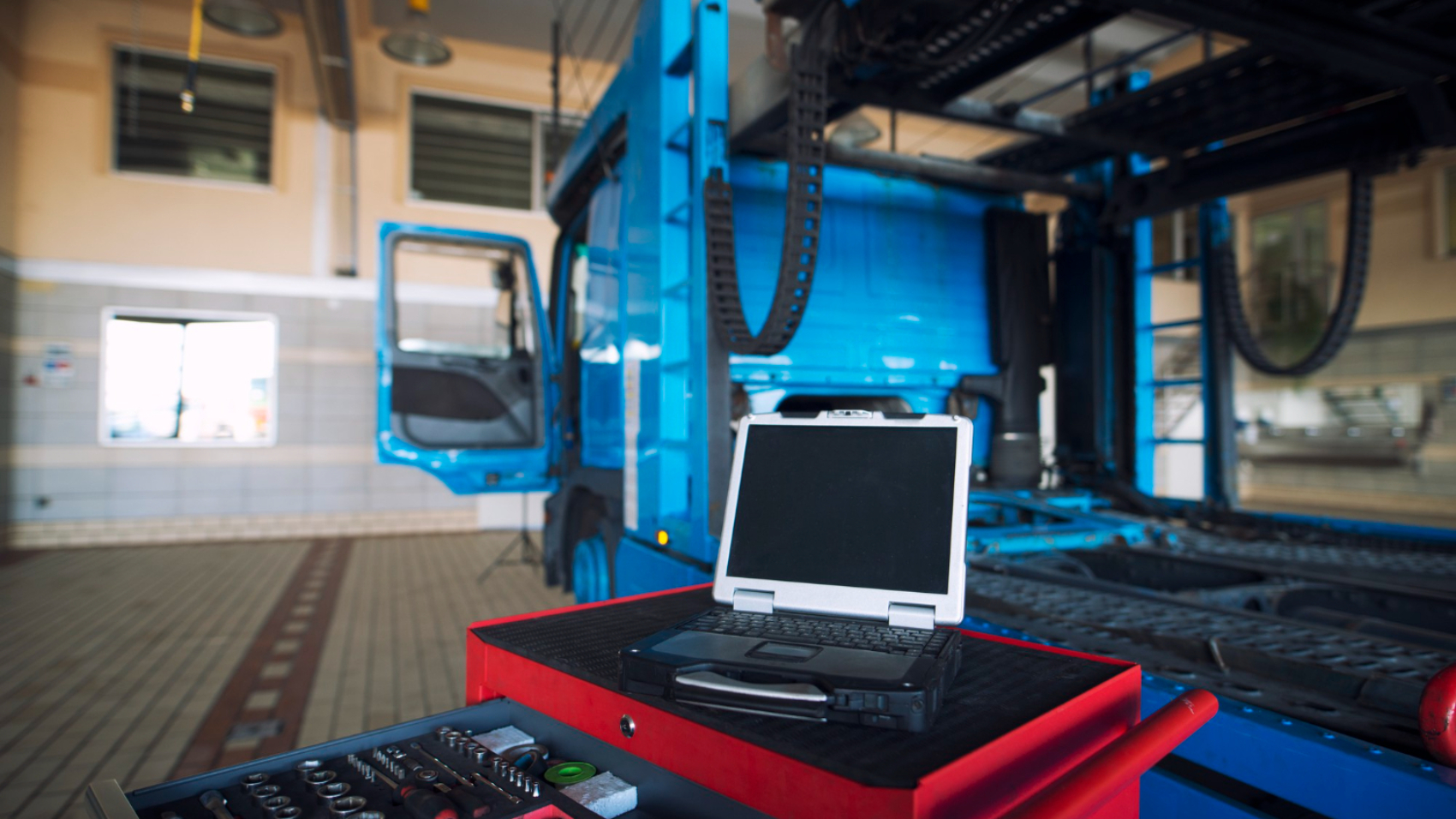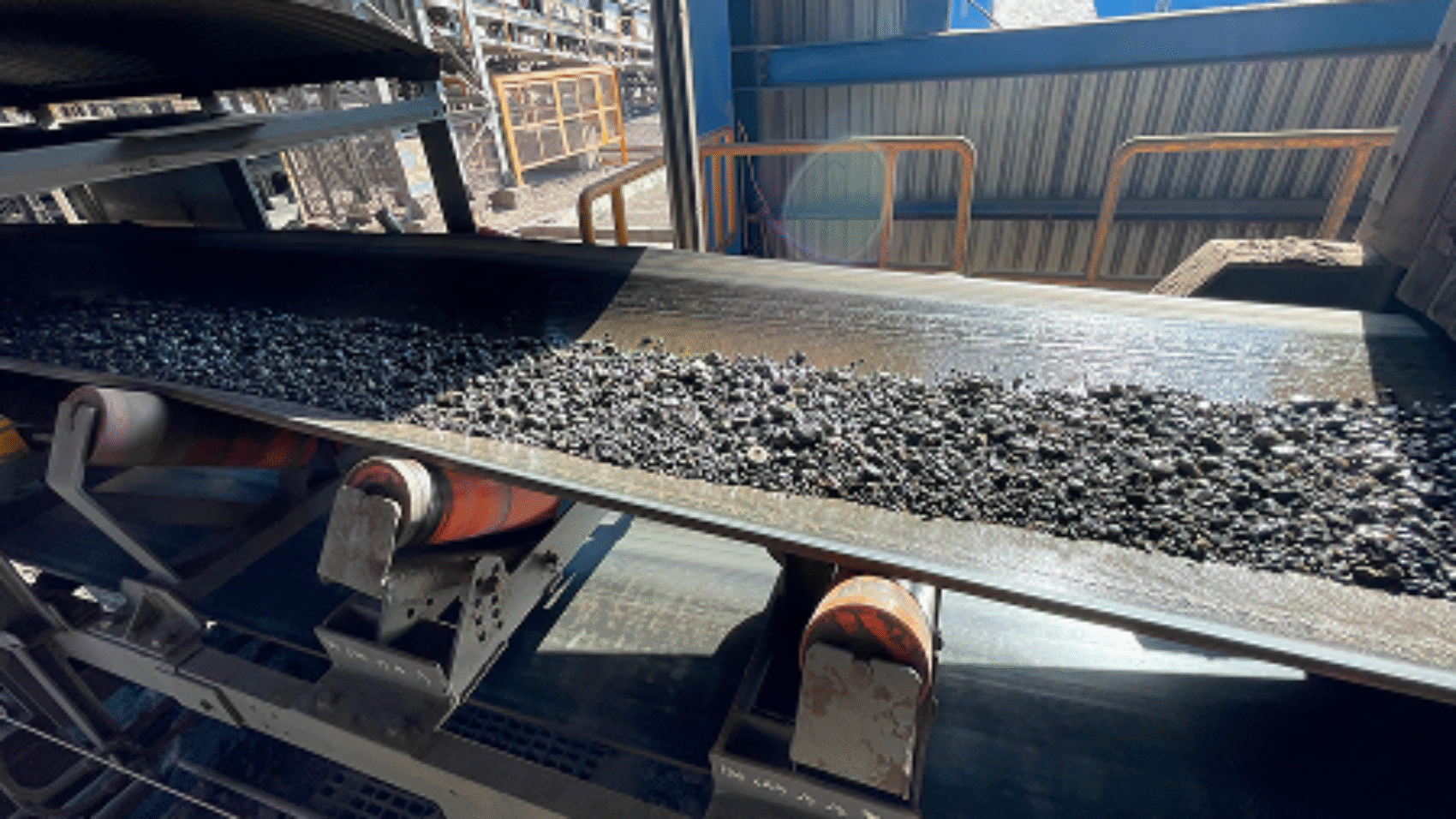How Predictive Maintenance is Reducing Downtime in Conveyor Belt Operations
In industries where every minute of equipment downtime translates into lost productivity and revenue, maintenance strategies have become a critical area of innovation. Nowhere is this more evident than in conveyor belt operations, especially in mining, manufacturing, and logistics sectors. These systems operate under constant load and environmental stress, making failure both frequent and costly.
Predictive maintenance, powered by AI and the Internet of Things (IoT), is emerging as a
game-changer. It helps operators anticipate mechanical issues before they occur, reducing unplanned downtime by up to 40% and cutting maintenance costs by nearly 30% in some industries. This article explores how this proactive approach is transforming conveyor belt reliability, with insights drawn from leading academic research.
From Breakdown to Prediction: The Shift in Maintenance Culture
Historically, companies relied on two primary maintenance strategies:
- Reactive Maintenance (run-to-failure): Wait for equipment to break before fixing it
- Preventive Maintenance: Schedule servicing at regular intervals, regardless of actual need
While preventive maintenance is better than waiting for failure, it’s still inefficient. Equipment that doesn’t need repair gets unnecessary attention, while hidden faults can still go unnoticed.
Predictive Maintenance (PdM) changes the game. Instead of depending on fixed schedules, it uses real-time condition monitoring and data analytics to determine when maintenance is actually needed. In other words, maintenance happens only when risk is high, not too soon, not too late.
How Predictive Maintenance Works
The core of predictive maintenance lies in two enablers:
- IoT Sensors: Continuously collect real-time data on vibration, temperature, load, and belt alignment
- Machine Learning Algorithms: Analyze historical and live data to detect anomalies and predict failures
Together, these technologies enable condition-based maintenance, meaning actions are based on the actual health of the equipment, not a calendar.
For conveyor belts, PdM systems can identify early signs of:
- Belt slippage or misalignment
- Abnormal motor vibrations
- Surface wear or tear
- Tension irregularities
Machine Learning at the Core of Prediction
Machine learning (ML) algorithms are the brain behind predictive systems. Depending on the type of data and use case, several models are used:
- Classification algorithms (like decision trees, support vector machines): Determine whether a component is “healthy” or needs maintenance
- Regression models: Estimate Remaining Useful Life (RUL) of components
- Anomaly detection: Spot deviations from normal operating patterns without labeled data
- Reinforcement learning: Continuously improve scheduling decisions over time
In recent case studies, ML models have achieved:
- 90–95% prediction accuracy with decision trees and random forest classifiers
- Early detection of degradation via anomaly detection methods
- Dynamic optimization of maintenance intervals through reinforcement learning
These outcomes result in fewer false alarms, smarter repairs, and greater trust in the system’s insights.
The Role of IoT: Real-Time Data for Real-Time Decisions
IoT sensors are embedded throughout conveyor systems to capture physical parameters such as:
- Vibration patterns
- Temperature spikes
- Belt tension and alignment
- Pressure and motor load
This data is transmitted over secure networks to cloud or edge computing platforms, where machine learning models analyze it in real time.
A multi-layered IoT architecture enables:
- Edge computing for fast, local analysis
- Cloud integration for historical data storage and model training
- User dashboards that visualize equipment status and alerts
The result is a continuous feedback loop between machine performance, prediction models, and maintenance teams.
Downtime Reduction: Real Numbers, Real Impact
The impact of predictive maintenance on downtime reduction is well-documented:
- Companies using PdM report up to 40% less unplanned downtime
- Conveyor belt systems benefit most from early failure detection of motors, rollers, and belts
- Maintenance can be scheduled during low-demand hours, minimizing production loss
For example, in the railway sector, Deutsche Bahn used predictive analytics to detect anomalies in braking systems and avoid train delays. Similarly, manufacturers like GE and Siemens reduced failures in turbines and motors by continuously analyzing sensor data.
In mining, where conveyor belts can run for kilometers and are often in remote or underground locations, PdM helps avoid the high cost of emergency service calls and idle machinery.
Financial Gains: Lower Costs, Higher ROI
Beyond operational uptime, predictive maintenance drives significant cost savings:
Metric | Before PdM | After PdM | Change |
Maintenance costs | $500,000 | $350,000 | ↓ 30% |
Annual unplanned downtime hours | 1000 hrs | 600 hrs | ↓ 40% |
ROI payback period | – | 6–18 months | Fast recovery |
This performance is especially important in industries where even an hour of downtime can cost thousands or millions of dollars.
Scalable and Flexible for Industrial Applications
One of PdM’s greatest strengths is scalability. Systems can be deployed across:
- Large manufacturing plants with multiple conveyor lines
- Mining operations with rugged terrain and remote sites
- Logistics hubs needing high throughput and precision
Additionally, PdM frameworks can be adapted to:
- New conveyor models and equipment types
- Legacy systems (via retrofitted sensors)
- Various network conditions (Wi-Fi, LoRa, Zigbee)
Even better, cloud-based platforms enable cross-site insights, helping companies standardize best practices across multiple facilities.
Challenges to Overcome
Like any transformation, predictive maintenance does come with hurdles:
- Initial investment in IoT infrastructure and analytics platforms
- Integration complexity with existing maintenance workflows
- Dependence on data quality — inaccurate or sparse data leads to poor predictions
- Skills gap — teams may need training in analytics or AI tools
However, the long-term return, in reduced costs, extended equipment life, and improved safety, far outweighs the upfront effort.
Conclusion: Smarter Maintenance, Stronger Performance
Predictive maintenance is more than a tech upgrade, it’s a strategic shift that empowers industrial operations to work smarter, not harder.
For conveyor belt systems, especially in high-demand sectors like mining and manufacturing, PdM:
- Prevents unexpected failures
- Cuts downtime dramatically
- Extends equipment lifespan
- Unlocks better resource planning
Backed by machine learning and IoT, predictive systems are helping industries transition from reactive firefighting to proactive precision. As adoption spreads, the competitive advantage will go to companies who embrace these innovations early.
Source Acknowledgment
This article is informed by insights from the following academic sources:
- Patil, Dimple. Artificial Intelligence-Driven Predictive Maintenance in Manufacturing: Enhancing Operational Efficiency, Minimizing Downtime, and Optimizing Resource Utilization (December 11, 2024).
Available at SSRN: https://ssrn.com/abstract=5057406 or http://dx.doi.org/10.2139/ssrn.5057406
Ahuja, Ashutosh & Gupta, Mandakini. Optimizing Predictive Maintenance with Machine Learning and IoT: A Business Strategy for Reducing Downtime and Operational Costs (October 7, 2024).
DOI: 10.13140/RG.2.2.15574.46400
Available at SSRN: https://ssrn.com/abstract=4994457

